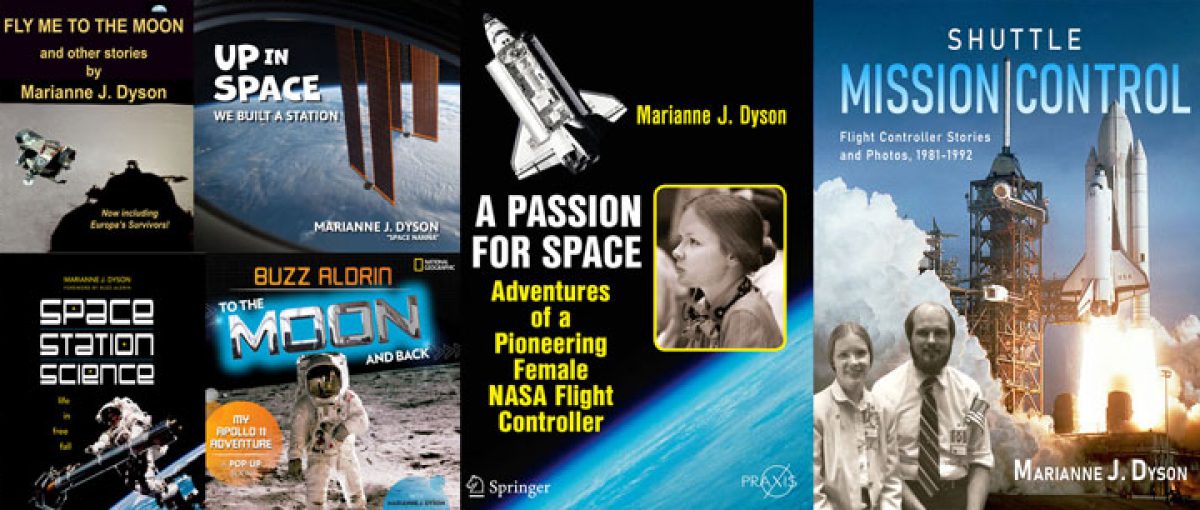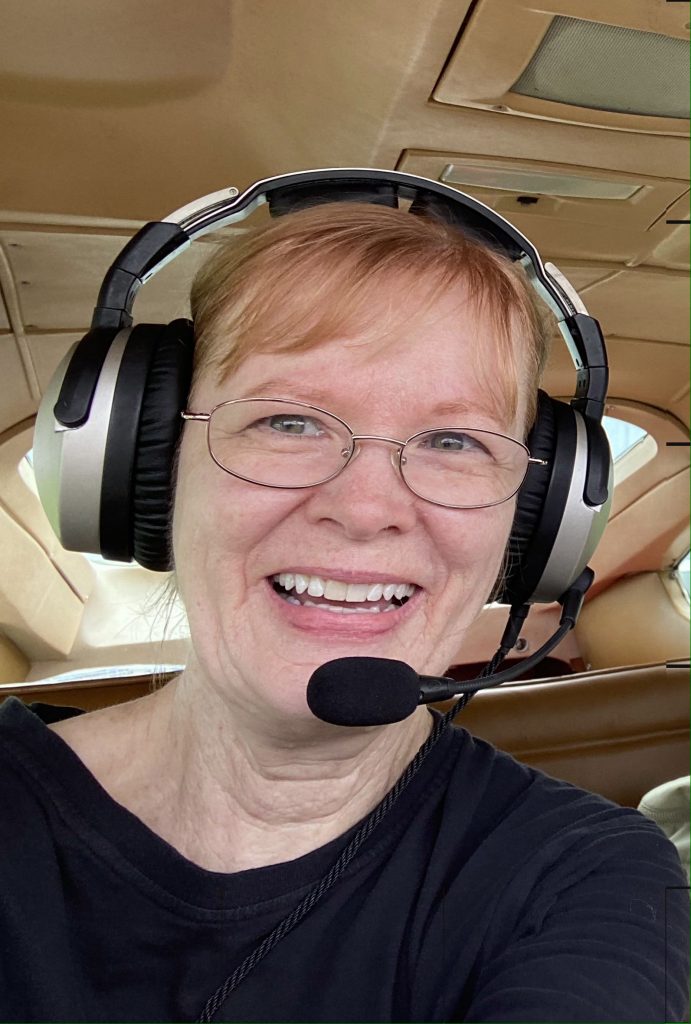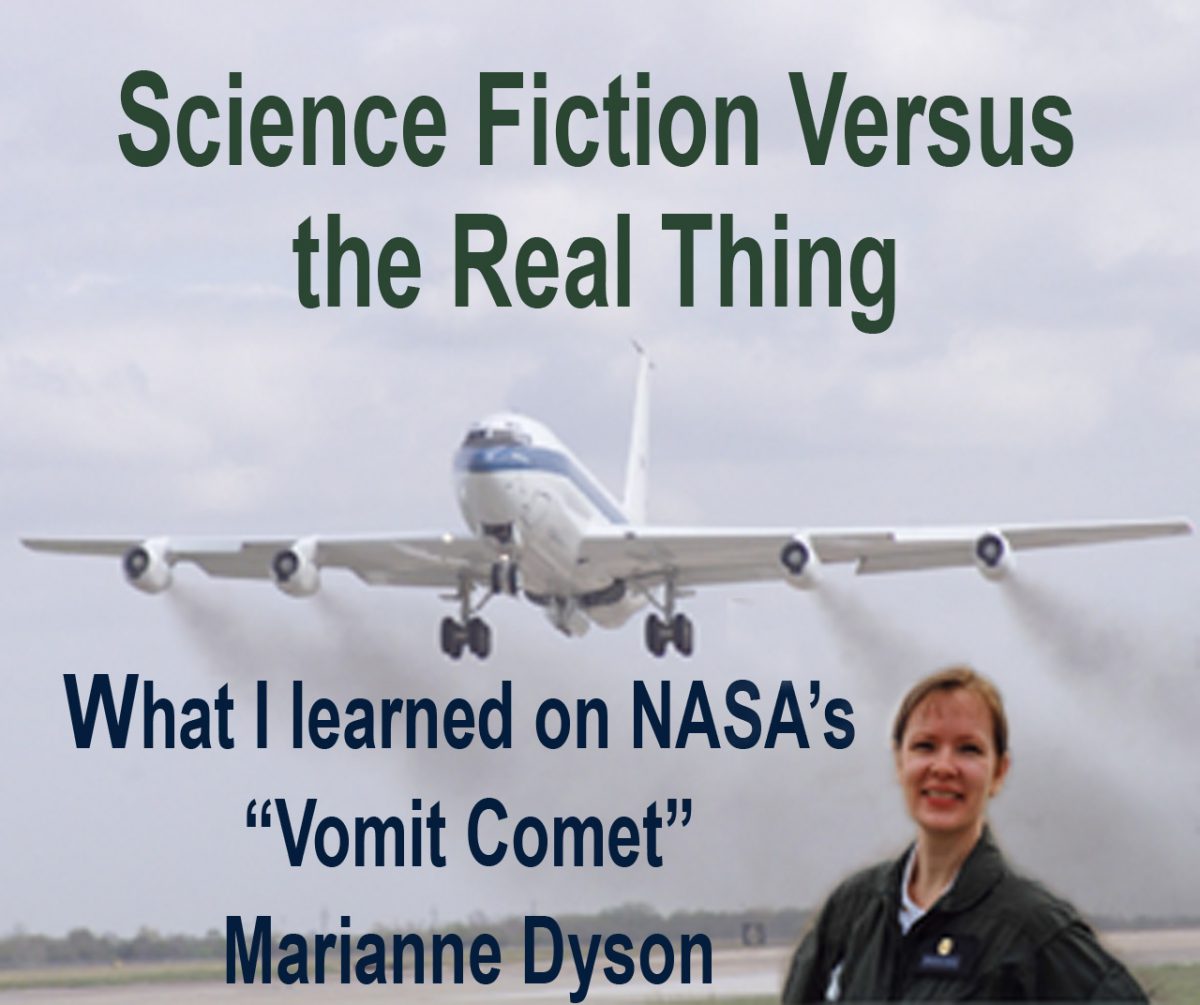Marianne Dyson, February 2024
The Aurora is poetically described as the dance of electrons in Earth’s magnetic embrace. The glowing green curtain of light waving in the cosmic wind is an incredible phenomenon and something everyone should see at least once in their life. So where are the best places and times to see the Aurora?
The Best Locations
The Aurora is also called the Northern (and Southern) Lights because it is usually confined to the skies around the poles, specifically between 66 and 90 degrees north or south latitude. So if you live in Antarctica, Alaska, Canada, Greenland, Iceland, Norway, Sweden, or northern Russia, you can just walk outside. The rest of us will have to travel unless there is a geomagnetic storm. During storms (rated like hurricanes G1 to G5 with G5 the strongest) the Aurora can be viewed at latitudes down to around 40 degrees.

Aurora is visible at lower latitudes during geomagnetic storms. The strongest storms (G5 shown as a red oval on these views of the northern hemisphere) allow Aurora to be seen overhead between 40 and 90 degrees latitude. [credit: NOAA Space Weather Prediction Center, Boulder, CO swpc.noaa.gov]
Note that the Aurora is visible from as much as 600 miles away—and might be viewed from atop a mountain south of the “overhead” location or from a high-flying aircraft. If you are flying west from the United States to Korea, Japan, or Taiwan for example, you may fly over Canada and Alaska at night and see the Aurora out the starboard side window!

Aurora can also be viewed from ABOVE, such as in this view from the International Space Station. Credit: NASA, ISS066e023536, 10-30-21]
The Best Years
The Aurora is caused by the solar wind which consists of charged particles (mostly electrons) that interact with Earth’s upper atmosphere. The wind is most intense when the Sun is producing lots of sunspots, flares, and corona mass ejections (CMEs). All of these events are most frequent at the end of the Sun’s 11-year solar cycle, just before the Sun flips its magnetic pole (north becomes south and vice versa). The Sun is expected to flip its pole in 2025, so 2024 is a peak year for aurora! The next peak year won’t be until around 2035.
The Best Months
The Aurora, like the stars and Milky Way, is only visible at night. Antarctica and the Arctic Circle (80 to 90 degrees latitude) have no nighttime in the summer (May through August in the North, and November through February in the South), so you need to plan a trip in the fall, winter, or spring.
March and September are perhaps the optimal months to view the Aurora because that’s when the alignment of the Sun and Earth’s magnetic fields produces the brightest aurora. Those months also offer multiple hours of daylight to walk, hike, and drive around the area.
The Best Nights
The night (evening up through 2 AM) is darkest when the Moon is not above the horizon. So if you’re limited to a short stay in your chosen location, schedule your tour during the last quarter or new Moon phase (check using Moon Giant), or when the Moon rises after 2 AM local time and sets before 9 PM.
Aurora change during the night. The most common Aurora is green which is light emitted by oxygen after being excited to its first ionization state by the electrons in the solar wind. The Aurora first appears as an arc from east to west. As the evening progresses, more than one arc may appear and resemble curtains. During geomagnetic storms, ripples may appear, and the aurora may brighten as midnight approaches. Several hours after midnight, the Aurora dissipates and becomes patchy.

Fast-moving electrons traveling about 1/10th the speed of light collide with atoms in Earth’s atmosphere and cause them to emit light. The green shaded area shows the shape of features in different parts of the oval around the North magnetic pole. [Credit: NOAA]
The most intense Aurora occurs about three days after a solar event such as a major flare or CME that is pointed toward Earth, creating a geomagnetic storm. The higher speed and number of electrons impacting the atmosphere excite oxygen to a higher state which produces red light as well as green. Blue and purple light comes from electron impacts with nitrogen. The National Oceanic and Atmospheric Administration (NOAA) tracks solar activity and offers an Aurora Forecast a day in advance that is updated every 30 minutes.

Left is a red aurora seen during a geomagnetic storm; middle is a common green aurora; and right is an aurora with blue and purple nitrogen emissions. [Credit: NOAA]
Summary
If you want to see the Aurora in person, 2024 is a great year to do it! If you’re heading north, take your trip before the end of March, or schedule it between September through January. Book your tours during last quarter and new Moon phases, and check the NOAA website for solar activity. Then pack your warm clothes and pray for clear skies!
I’m heading to Iceland this month (February) and hope to post some Aurora photos on my FaceBook page!
Thank you for taking the time to read Science Snacks. Please follow me (Author Marianne Dyson) on Amazon, and check out my website.





